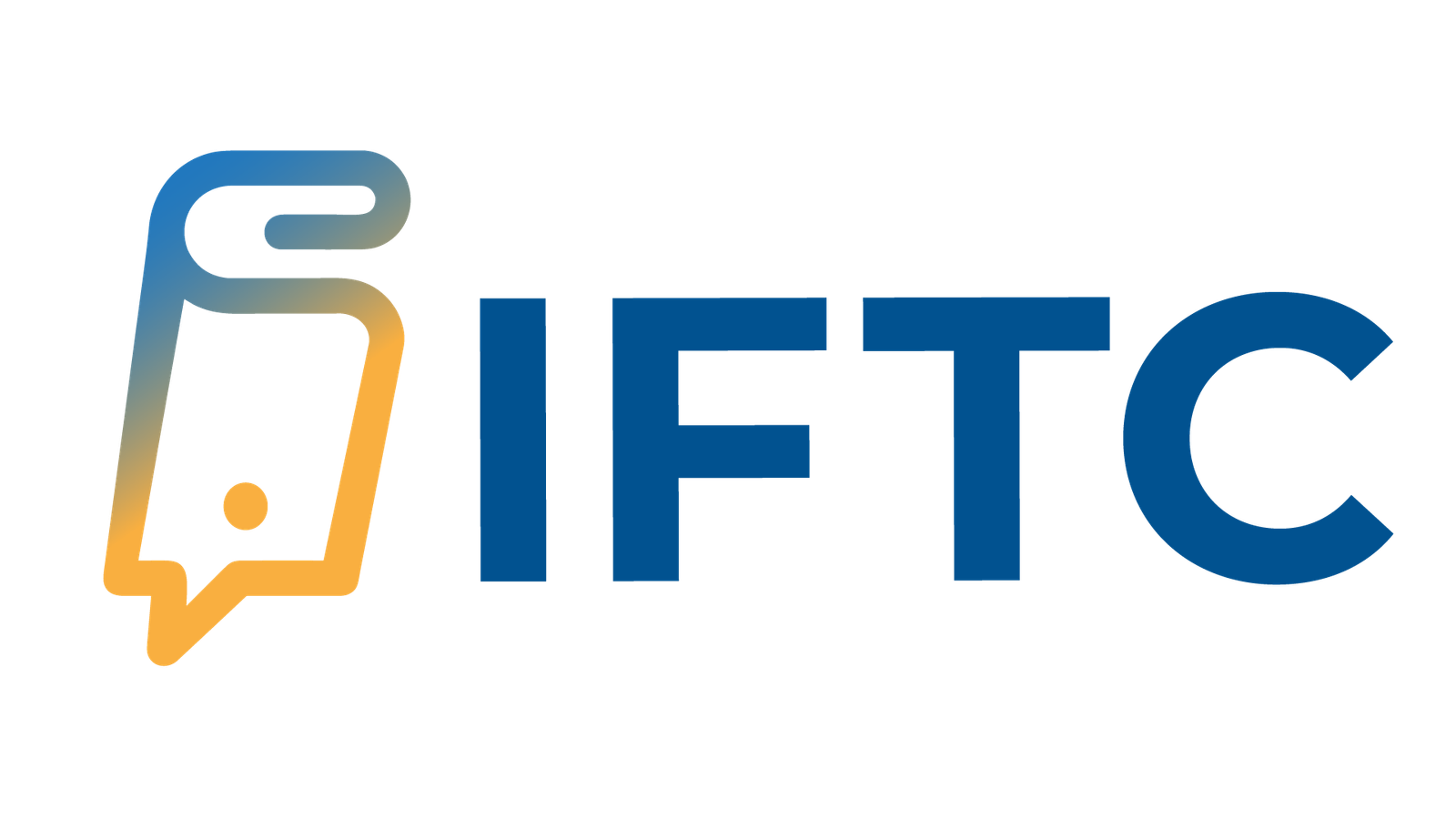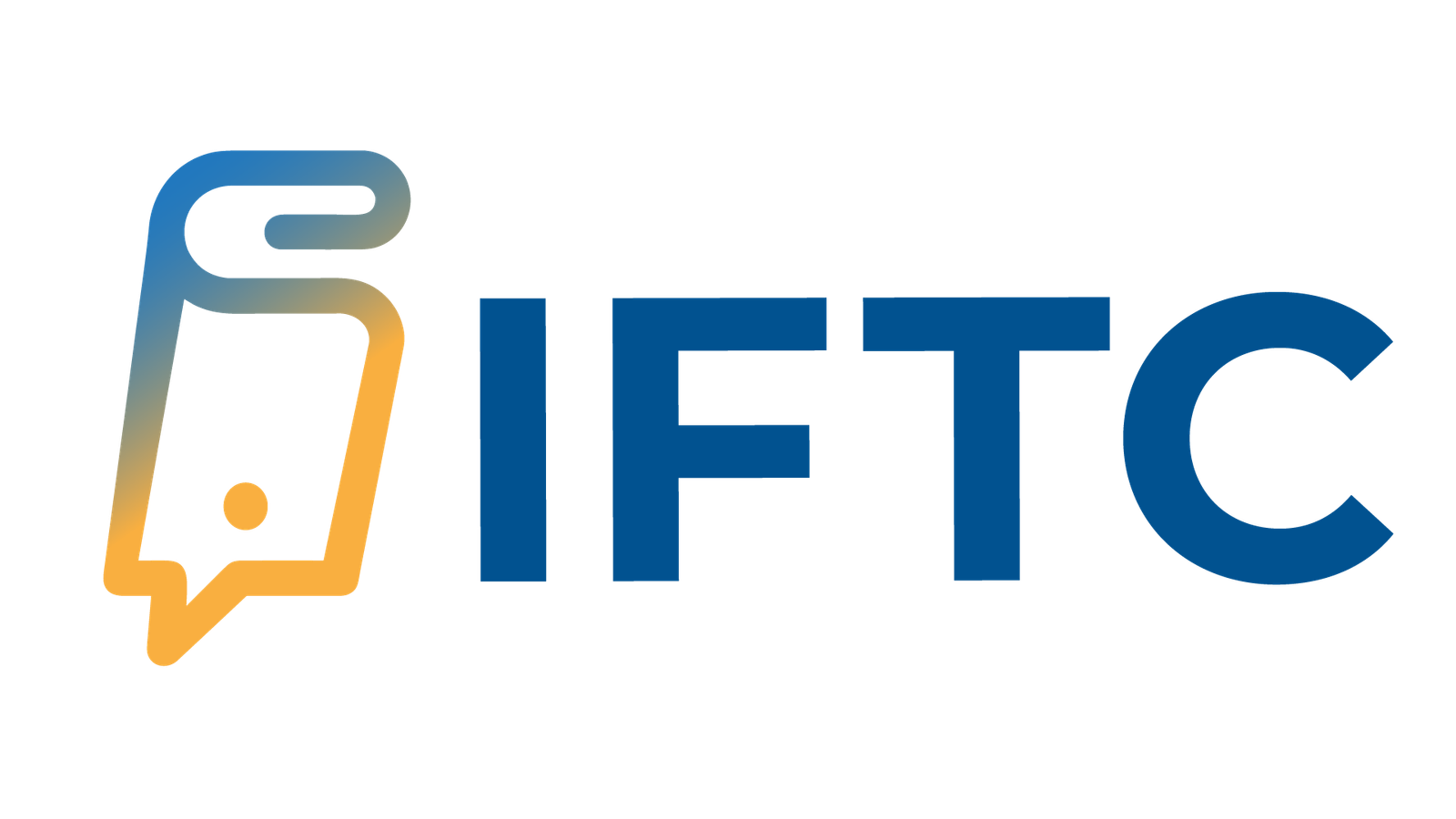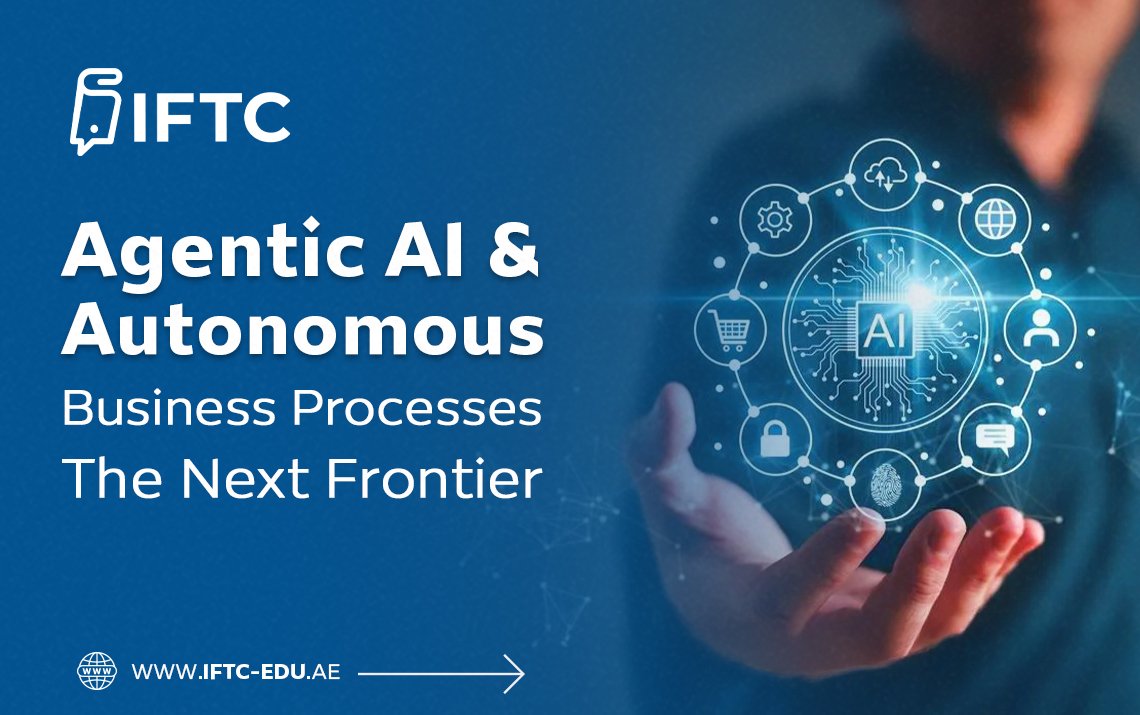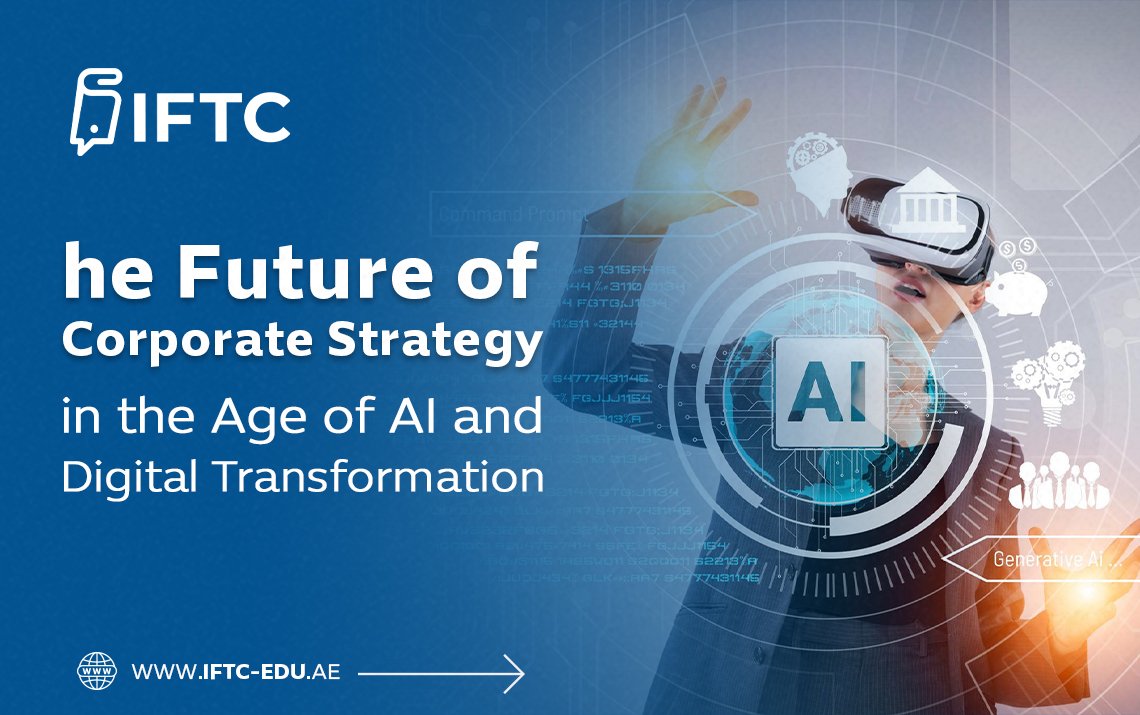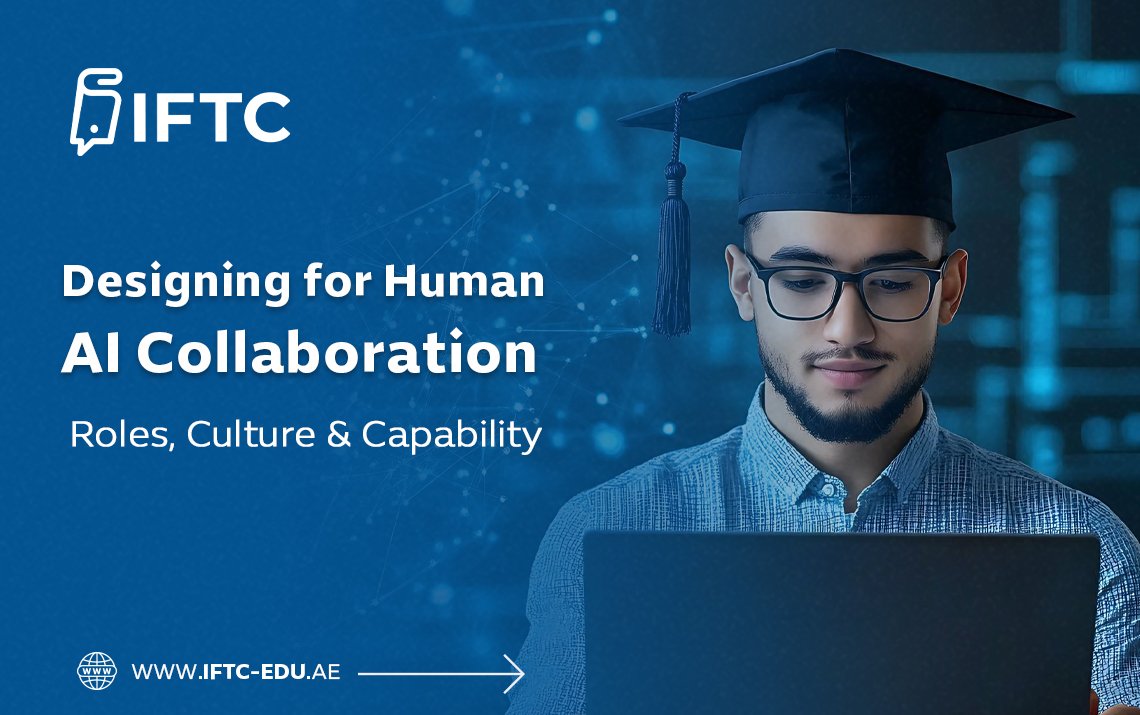
Designing for Human + AI Collaboration: Roles, Culture & Capability
Introduction: Beyond Automation Toward Collaboration
For years, the public conversation about AI revolved around replacement: which jobs will vanish, and which industries will machines take over? Yet, reality is proving more nuanced. Instead of replacing humans outright, AI is increasingly collaborating with them.
From doctors using Artificial Intelligence. diagnostics to financial analysts assisted by predictive models, the future of work is about human + Artificial Intelligence.teaming. The question for leaders is not whether Artificial Intelligence. will join the workforce—it already has—but how to design roles, culture, and capabilities to ensure collaboration enhances both human and organizational performance.
Human + Artificial Intelligence. Collaboration: A New Paradigm
Definition
Human-Artificial Intelligence. collaboration means shared problem-solving, where humans and machines complement each other’s strengths.
- Humans excel at empathy, creativity, contextual reasoning.
- AI excels at speed, scale, pattern recognition.
- Together, they produce outcomes neither could achieve alone.
Examples
- In healthcare: Artificial Intelligence. analyzes scans, but doctors decide treatment with empathy.
- In law: Artificial Intelligence. drafts contracts, while lawyers interpret context and negotiate.
- In retail: Artificial Intelligence. recommends products, while human sales reps provide emotional assurance.
Designing Roles for Human + Artificial Intelligence Teams
- Artificial Intelligence.Trainers and Supervisors
- Humans provide feedback to train Artificial Intelligence models and ensure alignment with business goals.
- Example: Call center staff refining chatbot responses.
- Decision Augmenters
- Employees use AI-generated insights but apply judgment before acting.
- Example: Loan officers reviewing AI credit recommendations.
- AI Ethicists and Governance Leads
- Oversee responsible AI use, addressing bias and fairness.
- Hybrid Innovators
- Professionals combining domain expertise with AI skills (e.g., AI-assisted architects).
- Collaboration Integrators
- New leadership roles coordinating workflows between humans and AI systems.
Cultural Transformation: Building Trust and Acceptance
- Transparency
Employees must understand how Artificial Intelligence works and why it makes certain suggestions. - Psychological Safety
Workers should feel safe to challenge or override AI decisions. - Inclusive Mindset
Position AI as a colleague, not a competitor. - Ethical Anchoring
Embed organizational values into AI design, ensuring trust.
Capabilities for Effective Human + Artificial Intelligence Collaboration
- AI Literacy
All employees need a baseline understanding of Artificial Intelligence capabilities and limits. - Critical Thinking
Ability to question Artificial Intelligence outputs and integrate human judgment. - Data Interpretation Skills
Understanding patterns, probabilities, and uncertainty in AI recommendations. - Soft Skills
Empathy, communication, and ethical reasoning remain uniquely human advantages. - Continuous Learning
As AI evolves, employees must reskill continuously.
Case Studies
- KLM Airlines: Uses Artificial Intelligence to predict maintenance needs, but engineers interpret recommendations and decide final action.
- IBM Watson in Healthcare: Doctors collaborate with Watson’s diagnostic suggestions; outcomes improve when humans and AI combine strengths.
- PwC: Implemented “Digital Fitness” programs to ensure employees develop AI literacy alongside their core roles.
Challenges
- Over-Reliance on Artificial Intelligence
Employees may defer too much to algorithms, reducing critical oversight. - Job Insecurity
Fear of being replaced can erode trust. - Bias in Artificial Intelligence Systems
Collaboration fails if Artificial Intelligence outputs are flawed or discriminatory. - Skill Gaps
Lack of training hinders effective teaming.
Best Practices for Leaders
- Redesign Jobs, Don’t Eliminate Them
Focus on shifting roles toward human strengths. - Build Hybrid Teams
Mix AI experts with domain professionals. - Invest in Training
Make Artificial Intelligence literacy part of corporate learning. - Measure Success Broadly
Evaluate not only productivity but also employee satisfaction and trust. - Foster Responsible AI Governance
Set ethical guardrails around collaboration.
Future Outlook: Human-AI Symbiosis
By 2035, collaboration will evolve into symbiosis:
- Artificial Intelligence agents proactively assisting humans in real time.
- Humans focusing on creativity, empathy, and strategy.
- Entire industries restructured around collaborative ecosystems.
The organizations that thrive will not be the ones with the smartest machines, but those with the smartest partnerships between people and machines.
Conclusion
Designing for human + Artificial Intelligence collaboration requires more than technology—it demands new roles, cultural shifts, and skillsets. Leaders must guide this transition with transparency, empathy, and vision.
The future of work is not man versus machine. It is man with machine—a partnership where each side amplifies the other, unlocking levels of innovation and resilience never before possible.
